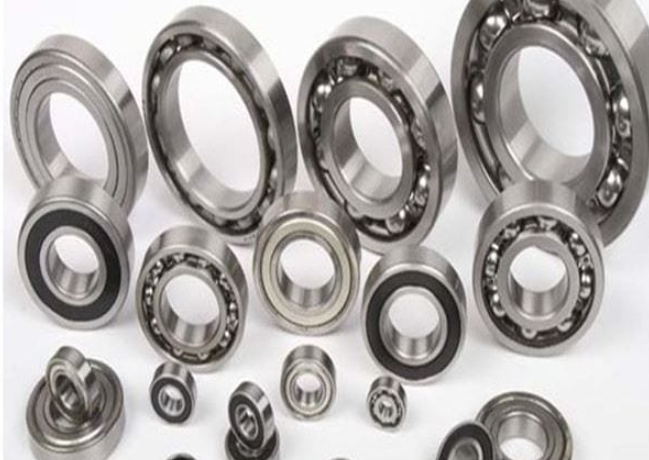But what are the main types of bearings? And what are their characteristics?
Deep Groove Ball Bearings
Let’s start with a quick look at deep groove ball bearings, which are characterized by a very simple structure and can consist of one or two rows of balls. They can support a radial load (i.e., they can support a force directed perpendicular to the axis) and a light axial load (i.e., they can support a light force directed axially), and can operate under versatile conditions, including at fairly high speeds.
This particular category of ball bearings is usually non-separable and has various shielding schemes to prevent the ingress of dirt and debris, either sealed (with no radial clearance) or unsealed (with radial clearance).
Self-Aligning Ball Bearings
Another category of ball bearings is represented by self-aligning ball bearings, characterized by the presence of two rows of balls and mainly used in scenarios requiring a high degree of rotation between the rings. Their structure is quite different from those in the previous category: they have an inner ring with two raceways and an outer ring with a single spherical raceway. Lubrication holes ensure proper movement: they are non-separable and can be made either sealed or unsealed.
Angular Contact Ball Bearings
Another category of ball bearings is angular contact ball bearings, which consist of particular inner and outer ring raceways, offset from each other in the direction of the bearing axis: the contact between the balls and the raceways occurs along an oblique axis relative to the bearing axis. Typically, these bearings are used in situations where combined loads need to be supported, i.e., when radial loads (those generating force perpendicular to the axis) and axial loads (those generating force in the axial direction) act simultaneously. The axial load capacity will increase as the angle between the line connecting the contact points between the ball and the raceways and the perpendicular to the bearing axis increases. These bearings are separable and can be made with a single row of balls, which must always be mounted in opposing pairs, or with two rows of balls.

